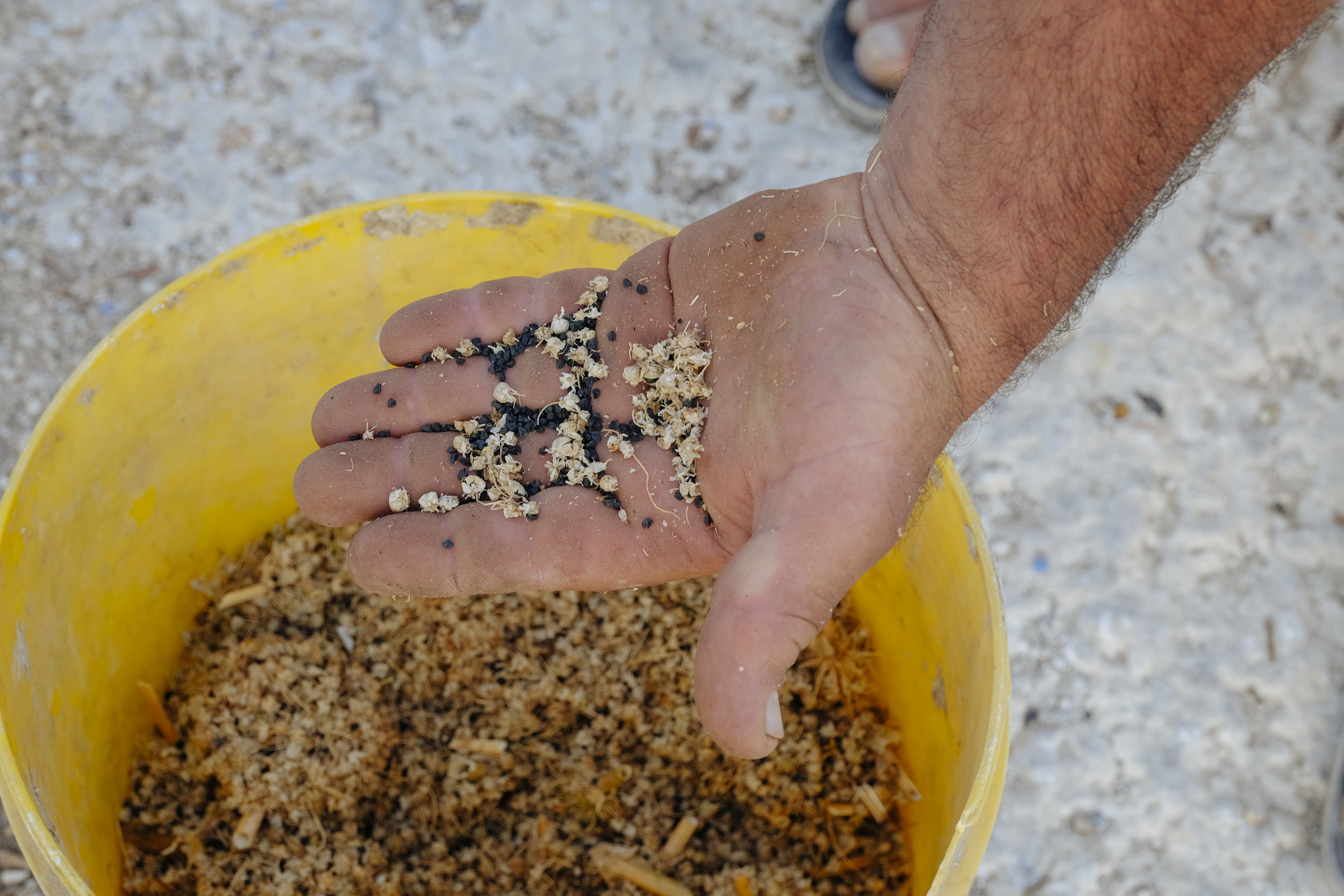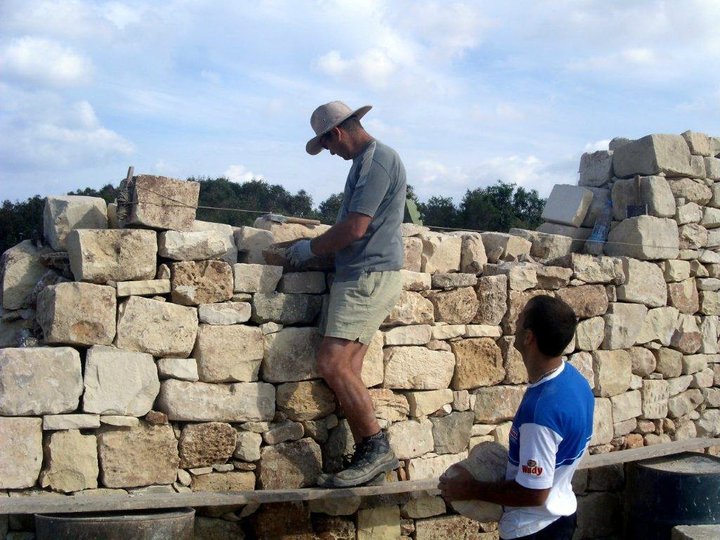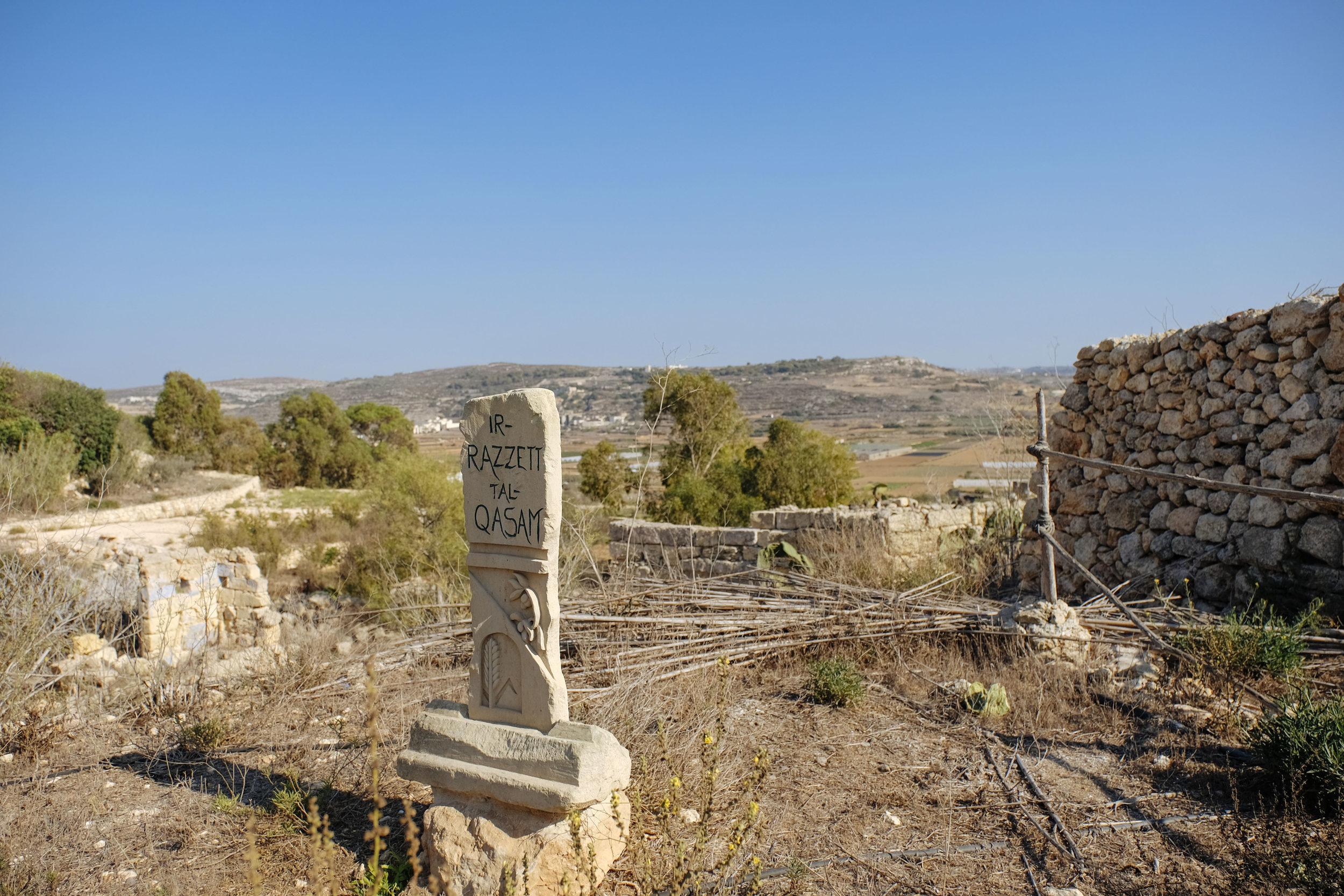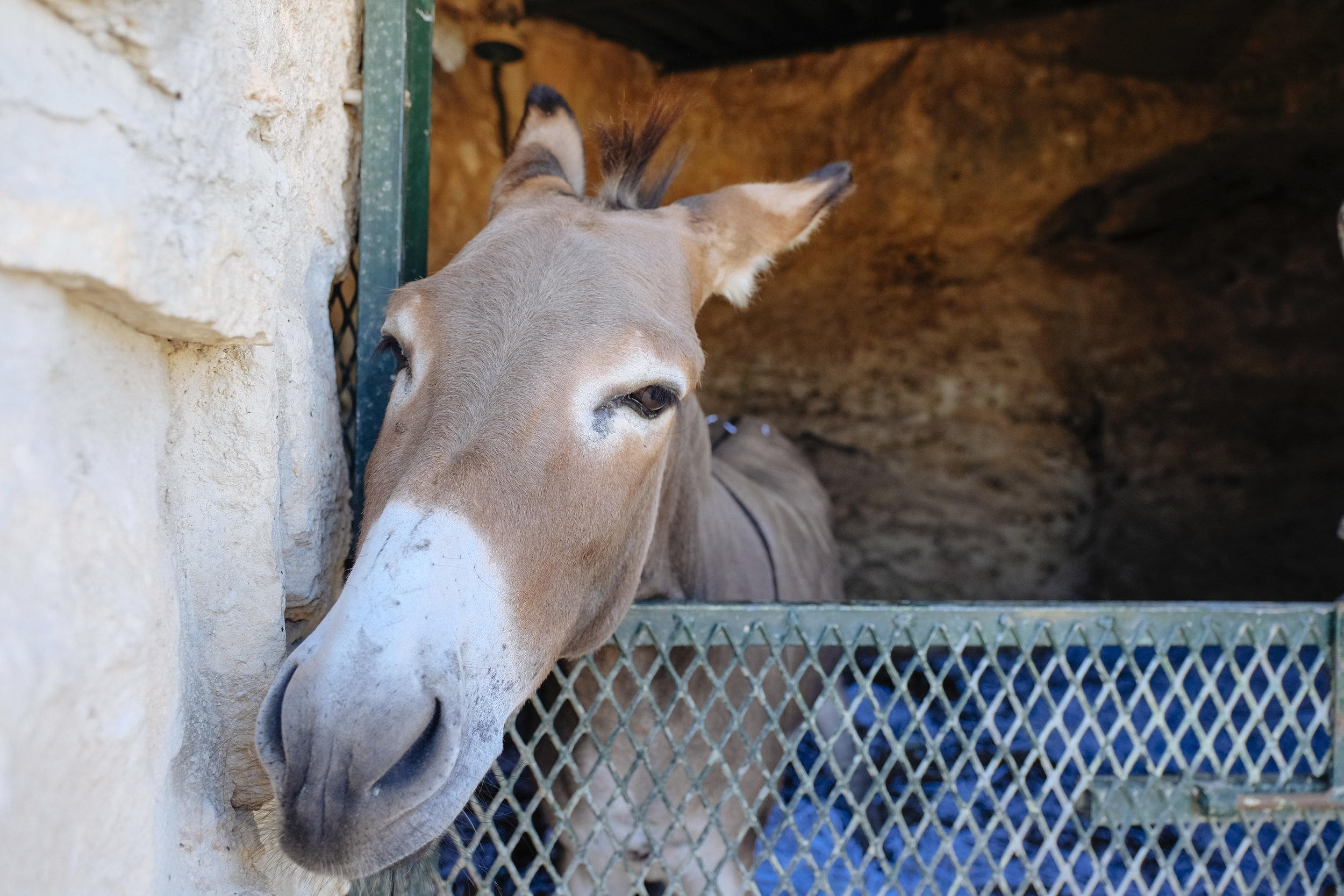Back To The Fields
Malta, 07 September 2016
Malta has a long history of being occupied; the Phoenicians, Romans, Arabs, Order of St John and the British have all ploughed their fair share of years into the land. In fact, although Malta gained its independence in 1964, the British left only in 1979. Each of these occupying forces left their mark in some shape or form, whether through architecture, law or language, but arguably, it was the Knights of the Order of St John who, over 268 years, turned the island from a trading post into a significant, wealthy and stunning jewel nestled in the Mediterranean.
One of the 379 churches that dot the island of Malta.
GROWING DEMAND
Today, there is talk of comparing Malta with Singapore. The main island of Malta is less than half the size of Singapore, but with a population of just over 400,000, it is far less densely populated. Outside of the old fortified cities, the landscape is marked by numerous "villages", some dating back to the 16th century. The oldest buildings, usually clustered around the local church, are found in the centre of each village. And roads and houses spiral outwards from there. The equivalent in Singapore, since the 1980s and after, would be slabs of housing blocks springing up and around a suburban mall or town centre.
There are 379 churches on the island of Malta and Catholic practices such as feast days and ceremonies formed a mainstay of social life for centuries, along with farming and fishing, key traditional occupations for the Maltese. Today, however, only potatoes are exported to Holland and insufficient land for crops means that the Maltese still have to import about 60% of their food supply.
A late cucumber on the Bartolo farm
21st CENTURY FARMING
I had the good fortune to spend an evening speaking to the Bartolo family, who run a five-hectare farm close to the old town of Rabat. They grow strawberries, tomatoes, marrows, wheat, cauliflower, broccoli, apricot and a whole lot more. Selling at farmer’s markets twice a week, the land is used to grow seasonal produce all year round. Which also means that there’s never time for a holiday.
Not all the farms in Malta are run full-time. Not more than 50 farmers on the island have farms larger than five hectares. Most of the smaller farms operate on a subsistence model. Steven Bartolo, who has a degree in horticulture from the University of Malta, has come back to run the farm with his father. It’s a difficult life, bound to the rhythm and season of the earth, but he refuses to be cowed.
It has been a dry winter, and certain crops, such as figs, have been decimated over the last few years by the borer beetle, which eats into the bark and feasts on the tree’s nutrient-rich sap. With 25% of their onion crop this year lost to pest and fungus, there is no certainty to the work that Steven and his family engages in.
Steven, though, bucks the trend of young people wanting to migrate or to find the mecca of a cushy office job. He tells me that only 20% of farmers today are under the age of 50. Simon Buttigieg, a history teacher who rebuilds boundary walls* in his spare time, concurs. He remembers, “When I was very young my dad used to mend walls that had collapsed. He did that whilst working on fields in Marsaxlokk (roughly pronounced mar-sha-shlock). The skill must have come from my granddad, a mason who had to support a family of 11!”
Simon adds, “It is hard work, mostly because of the sun. It takes the life out of you. It also takes skill, not just how to put a stone on top of one another or next to the other one but also because you have to judge width and the angle according to where it is going to be built. No mortar is used. The secret is that all dry stone walls are always inclined inwards, and that’s how they stay upright”.
But this isn’t work for young people and, while people often come to him to learn how to rebuild walls, few, if any, would consider it to be a viable profession.
* Boundary walls are low stone walls that divide property and have been part of the landscape since the first farmers came to Malta thousands of years ago.
One of the greenhouses on the Bartolo farm. This one is being used to grow tomatoes.
LANDED PROPERTY
The Bartolos farm on land that’s been in the family for hundreds of years. The oldest building here dates back to 1691 and is now used as a storage shed. It's hard to put aside the funds to restore the buildings properly, although government subsidies under the rural development programme have enabled the family to build solar panels that provide all of their electricity as well as a series of greenhouses. They try their best to be organic and stay away from pesticides. But consumers are always price conscious. In fact, Charlene, Steven’s younger sister, related an instance where a man picked up one of their tomatoes at a farmers market and said he would rather buy tablets that contain his necessary vitamins than an actual tomato.
But it isn't just about how people compare homegrown quality products with mass-market goods. For farmers, essentials like water are a perennial headache. The water table, a finite source, isn’t well regulated, so it is gradually disappearing. Desalination plants allow for the tap water to be drunk, but most islanders prefer to drink crates of bottled water for the convenience, and relatively low cost, and because they don’t trust the desalinated water.
Market day at Marsaxlokk. The majority of the crops on sale are grown in Malta.
The Bartolo family on their farm.
KINDLING OUR BETTER NATURES
Just a regular night over at Paceville
A love for the land is less obvious than a love for parties, as evidenced by the crowds thronging Paceville, the racy centre of nightlife on the island, but over in the quiet village of Manikata, Mario Cardona, a director at Malta’s Ministry of Education, set up the Koperattiva Rurali Manikata, a farmers co-op, together with 26 neighbours almost 10 years ago. The original group was established to prevent a large golf course from being built near their estate. They were successful and the land today is a heritage park.
The co-op, better known as the Ir-Razzett tal-Qasam farmstead, sits on the slope of a hill in the park. The Knights originally built it as a hunting lodge. Located in the north of the island, this area would have been sparsely populated but rich with game back in the time of the Knights. Today, each member of the co-op has a small plot of land to grow their own crops. There’s even a commune shop.
Mario explains that it was a long, painstaking process to slowly remove mountains of trash and crumbled stone in order to make the place habitable for a donkey named George and a bubbly handful of sheep. There’s even a Game of Thrones prop leftover from an episode filmed near the co-op.
One of the eventual goals for the co-op is to host about 3,000 schoolchildren annually as a place to learn about farming, animals and the land. More than the urge to educate, the ground-up nature of the farmstead is part of what’s truly inspiring. Members of the committee do much of the rebuilding work, mostly on Saturday mornings. But it's not just about doing the work. Mario reflects, “In a city, the cycle of life becomes detached from nature. When I first came to Manikata, I started noticing details: where the sun rises and sets, how it rises differently in each season...When there is no moonlight, you can see the stars, and pick out the different colours of the stars.”
Mario returns from feeding the animals. In the distance, a new housing block encroaches onto the heritage park.
The hope is that the future generation, represented by young farmers like Steven Bartolo, will see enough value in returning to the land that for centuries has been the lifeblood of the country. Mario thinks there is still some hope when he tells me about his daughters, whose school took over a farm adjacent to the school grounds and introduced agribusiness as a subject, because it is essential that this fundamental relationship with the land is not lost.
Plucking the summer's haul of prickly pears
PROMISES AND PRICKLY PEARS
After touring the farm, I mention that I’ve seen prickly pears growing everywhere but have not had the chance to try them. Mario promptly gets a basket and goes off to pick some, ignoring the small, soft thorns. He strips the skin with ease, and pops the pears whole into his mouth. They are sweet, with rock hard pips that have to be swallowed because there are just too many of them. Five or six pears a day is fine, he tells me, but if you eat more than a kilo you’re likely to end up in hospital from constipation. It’s a neat metaphor for balance. Whilst Malta seems to be on the cusp of constructing an era of skyscrapers and capital culture, it will do well to remember the land; its wealth, fecundity and the ever-present promise of restoring us to nature.
Sunset off Dingli Cliffs
With thanks to Simon Buttigieg, Mario Cardona, Adrian Grima, Anna Zammit and the Bartolo family.
To find out more about Koperattiva Rurali Manikata, write to info@manikatafarmers.com or visit www.manikatafarmers.com















